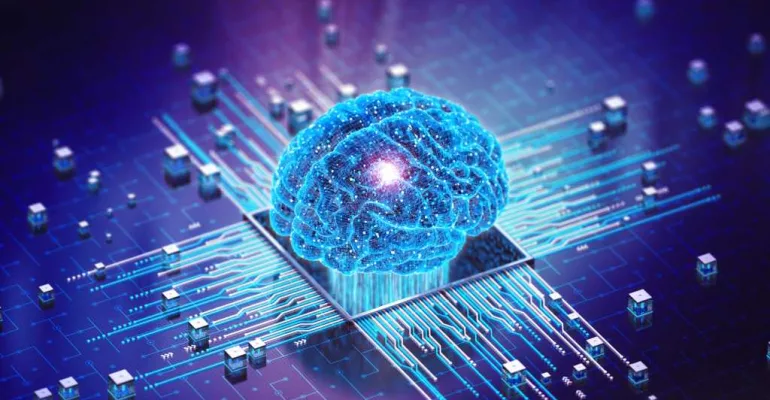Foundations of Generative AI
Generative AI, a subset of machine learning, relies heavily on mathematical models to generate new data instances that resemble a given set of data. The underlying mathematics is what allows these models to learn patterns, nuances, and structures from the data they’re trained on.
Key Mathematical Concepts in Generative AI
Probability Distributions:
At the heart of generative models is the concept of probability distributions. These models aim to learn the probability distribution of the training data to generate new, similar data points.
Neural Networks:
Deep learning, especially neural networks, plays a pivotal role in advanced generative models like GANs (Generative Adversarial Networks). These networks consist of layers of interconnected nodes that process and transform data, relying on calculus and linear algebra.
Loss Functions:
These mathematical functions measure the difference between the actual and predicted outputs. Optimization techniques, such as gradient descent, are used to minimize this loss, refining the model’s performance.
Generative Adversarial Networks (GANs) and Their Mathematical Intricacies
GANs consist of two neural networks – the Generator and the Discriminator. The Generator tries to produce data, while the Discriminator attempts to distinguish between real and generated data.
Nash Equilibrium:
GANs operate on the principle of reaching a Nash Equilibrium, where neither the Generator nor the Discriminator can improve its performance without the other changing its strategy.
Backpropagation:
This is a method used to adjust the weights of the neural networks in GANs. It involves computing the gradient of the loss function concerning each weight by the chain rule, a fundamental concept in calculus.
Challenges and Limitations of the Mathematical Models
While the mathematics behind Generative AI is robust, it’s not without challenges:
Mode Collapse: This occurs when the Generator produces limited varieties of samples, making the generated data less diverse.
Training Instability: GANs, in particular, can be challenging to train due to oscillations and instabilities, often attributed to the min-max nature of their training objective.




